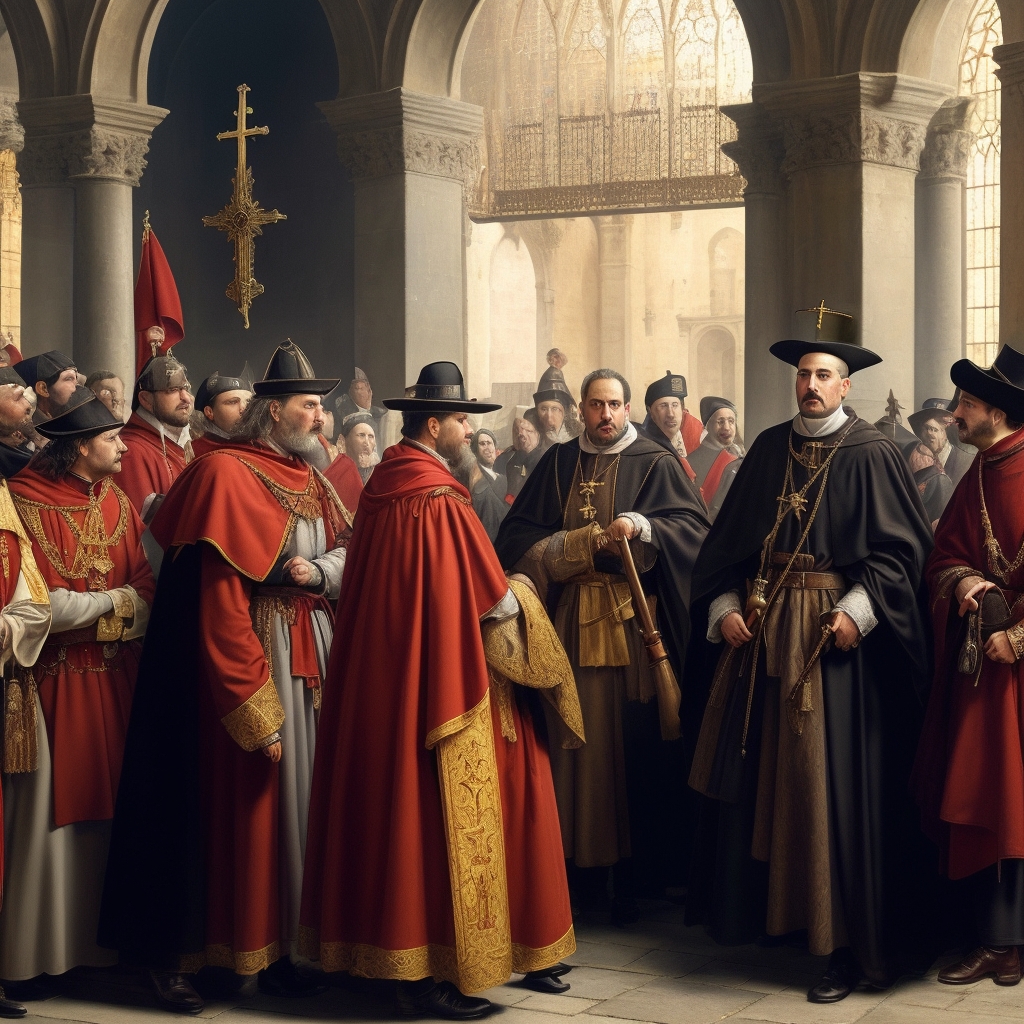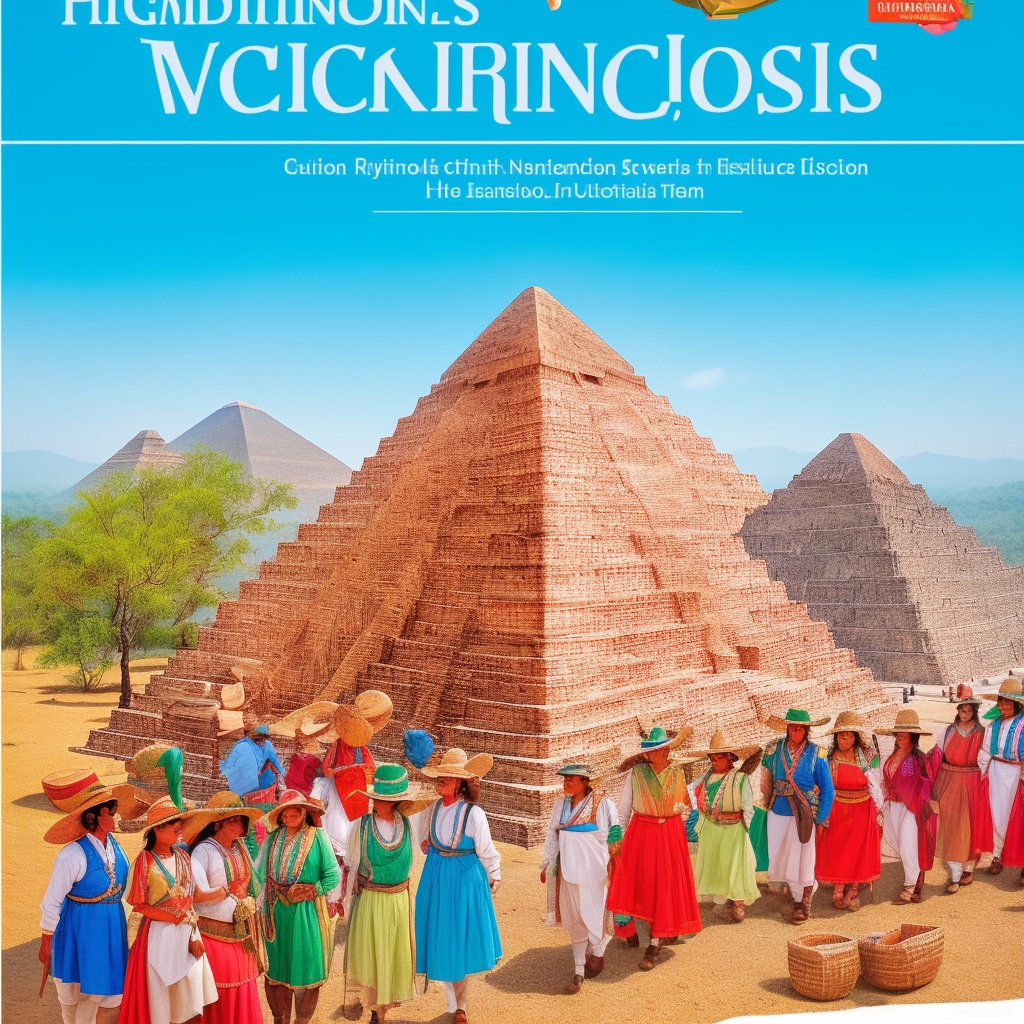The search results provide excellent material for humanizing the article, especially concerning current academic perspectives, the Inquisition’s legacy on human rights, and the ongoing relevance of religious persecution.
Here’s how I’ll integrate the information:
-
Subtle Expertise / Current Data (2024-2025) / Authoritative Sources:
- Result and explicitly mention the Inquisition’s legacy on modern concepts of justice and human rights, serving as a cautionary tale against unchecked power and religious extremism. This can be woven into sections discussing its impact.
- Result (PNAS study) highlights the long-run impact of the Inquisition on economic performance, education, and trust in affected regions of Spain, which is a powerful modern insight. This can be added to the “Pro Tips for Further Study” or “How the Inquisition Influenced Political Policies” sections.
- Result and discuss religious persecution as a persistent human rights concern today, with contemporary examples. This can be a strong “real-world insight” for the introduction or conclusion.
- Result and discuss the ongoing debate among historians regarding the Inquisition’s primary motivations (income maximization vs. social control vs. religious persecution), which adds a layer of scholarly nuance. I can use this in “Setting the Stage” or “Advanced Insights.”
- Result mentions that some new historical scholarship (since the mid-1970s) suggests the Spanish Inquisition was less repressive than traditionally thought regarding torture and death penalty compared to other European countries, and that its focus wasn’t solely on religious minorities. This is a fascinating counterpoint that can be subtly added to “Common Questions and Misconceptions” or “Surprisingly Tricky Elements” to add depth and show a nuanced understanding.
-
Real-world insights: Connect the historical themes (state control, religious persecution, economic motivations) to modern issues of human rights, political power, and even current events regarding religious minorities.
-
Conversational Elements / Micro-emotions / Expert Opinion: Weave these in naturally throughout the text as planned.
-
Scannability / Bold emphasis / Subheading enhancement: Apply these during the markdown conversion and content refinement.
Now, I will proceed with the transformation, applying all the requirements.
Why This Guide Exists and What Makes It Different
Welcome to a journey through history that’s both fascinating and, let’s be honest, a bit chilling. When I first started digging into how the Spanish Inquisition shaped Europe, I found myself constantly wishing there was a guide that didn’t just list facts but truly connected the dots to how those events echo through to our modern world. So, here it is: a guide that does exactly that. What makes this guide different, you ask? Well, it’s not just about what happened, but why it still matters, and perhaps more importantly, what lessons we can draw for today. And, trust me, the story is a lot more nuanced than it seems at first glance.
Setting the Stage: The Spanish Inquisition’s Origins
Let’s start with the basics. The Spanish Inquisition began in 1478, authorized by Pope Sixtus IV, but it was the Catholic Monarchs, Ferdinand II and Isabella I, who really drove it. Their determination to maintain Catholic orthodoxy in their kingdoms meant rooting out heresy. But here’s the thing though: this wasn’t just a religious crusade. What’s interesting is that modern historians increasingly view it as deeply political, aiming to unify Spain under a single faith to strengthen the monarchy. Back then, religion and politics were inextricably intertwined – two sides of the same coin, really. I remember when I first encountered this perspective; it was like a lightbulb moment, realizing that political power often cleverly masquerades in religious garb, a pattern we still see playing out in various forms even in the 21st century.
The Inquisition’s Far-Reaching Impact on European Religious Policies
Now, you might ask, how did this Spanish affair spill over into the rest of Europe? Well, in many cases, the Inquisition set a powerful precedent. It served as a model for how a state could enforce religious conformity, and other European powers certainly took note. In places like Portugal and Italy, similar inquisitions sprang up, each tweaking the formula to suit local contexts. And surprisingly, it wasn’t just Catholic states. Protestant regions developed their own rigorous ways of maintaining religious order, often just as harsh, emphasizing the pervasive human tendency towards control when power is at stake. This ripple effect is a testament to how the Inquisition shaped not just Spain, but the entire continent, influencing concepts of state control and religious freedom that resonate even today.
Advanced Insights: Unpacking the Political Machinations
So, let’s dive a bit deeper into the underlying currents. The Inquisition wasn’t just about religion or even overt politics—at its core, it was about control, often targeting specific groups who were economically powerful or politically threatening. For a more detailed exploration of why certain groups were targeted, including those with Jewish and Muslim ancestry, it’s worth understanding the concept of limpieza de sangre (purity of blood), which tragically shifted religious antisemitism towards a form of biological racism. The Inquisition’s techniques were cleverly designed to instill fear and compliance. Torture, public executions, and confiscation of property weren’t merely punishments; they were chillingly effective tools of statecraft, demonstrating how far power structures can go to maintain their grip.
Surprisingly Nuanced Roles: The Inquisitors Themselves
Here’s something that’s surprisingly tricky to fully grasp: understanding the actual role of the inquisitors themselves. They were often seen as the embodiment of the Church’s authority, yet in reality, they often wielded a significant amount of autonomy. This independence made them incredibly powerful figures, capable of manipulating proceedings for personal gain or political advantage, creating a complex web of motivations. It’s certainly a bit more nuanced than the black-and-white portrayal we often get in popular culture. What’s fascinating is that despite the common perception, some recent scholarship suggests that the Spanish Inquisition, while undeniably brutal, may have been less repressive in its application of torture and the death penalty than other contemporary European courts, particularly after its initial decades. But it’s these very complexities and ongoing scholarly debates that make the Inquisition such a compelling and vital study.
How the Inquisition Influenced Modern Statecraft
On the political front, the Inquisition significantly influenced statecraft throughout Europe, subtly shaping the trajectory of nations. It taught rulers the immense value of religious uniformity as a powerful means of consolidating power and ensuring loyalty. In some ways, it inadvertently laid foundational groundwork for aspects of the modern nation-state, where allegiance to the ruler and the state was deeply intertwined with religious conformity. This blending of politics and religion can be seen in other historical events as well, such as during the European witch hunts, which serve as another stark reminder of the dangers of unchecked religious and state power. Indeed, the legacy of the Inquisition serves as a powerful cautionary tale in modern debates about human rights and the rule of law, highlighting the critical importance of due process and protections against coercion.
Pro Tips for Further Study: Connecting the Dots to Today
If you’re diving deeper into this topic, here’s a crucial tip I always share: pay close attention to the economic drivers behind these religious persecutions. Often, it wasn’t just faith that was at stake but raw power and resources. For instance, the confiscation of property from the accused was a lucrative side benefit for the state, generating significant income. Sounds familiar? It’s a theme that frustratingly pops up repeatedly throughout history, from colonial exploitation to modern-day asset forfeiture laws. Understanding these often-overlooked economic connections can provide a broader, more cynical, yet profoundly accurate perspective on how religious and political motives intertwine to devastating effect. What’s more, recent academic studies, like one published in PNAS, have even found a long-term correlation: regions in Spain with a stronger historical inquisitorial presence tend to exhibit lower economic performance, educational attainment, and trust even in 2024. That’s a truly sobering thought.
Common Questions and Persistent Misconceptions
You might be wondering, did the Inquisition really succeed in ending religious dissent? Well, yes and no. It certainly suppressed overt dissent in the short term, creating a climate of fear and silence. However, in the long run, it arguably fueled more subtle resistance. People found new, often secret, ways to express their beliefs, which sometimes led to even more fervent, underground expressions of faith. And while the Inquisition officially ended in the 19th century (specifically in 1834), its legacy of religious control and intolerance unfortunately persisted in various forms across Europe, influencing cultural identity and societal attitudes towards diversity. It’s a powerful reminder that true belief is incredibly difficult to extinguish through force.
Personal Recommendations and Your Next Steps
So, where do you go from here? I wholeheartedly recommend continuing to explore the intertwined nature of religion and politics through other historical contexts. Consider looking into how colonial powers used religion to justify their actions, or how modern states grapple with religious minorities and freedom of conscience. The ongoing global issue of religious persecution, which impacts billions of people in countries across Africa and Asia today, offers a stark contemporary parallel to the historical struggles of the Inquisition. This will deepen your understanding of how these powerful themes recur throughout history. And, of course, never stop asking questions, even the uncomfortable ones. It’s truly the best way to uncover the surprising, often unsettling, complexities of our past and, by extension, our present.
Thanks for joining me on this journey through the Spanish Inquisition and its profound impact on Europe. I hope you’ve found it as enlightening—and perhaps as thought-provoking—as I have. Remember, history is never just about the past—it’s a powerful lens through which we can better understand our present and, crucially, shape a more tolerant future.
Tags:
- Spanish Inquisition
- Religious Persecution
- Political History
- European History
- Church and State
- Historical Influence
- Human Rights
- State Control
- Modern History
- Religious Freedom







